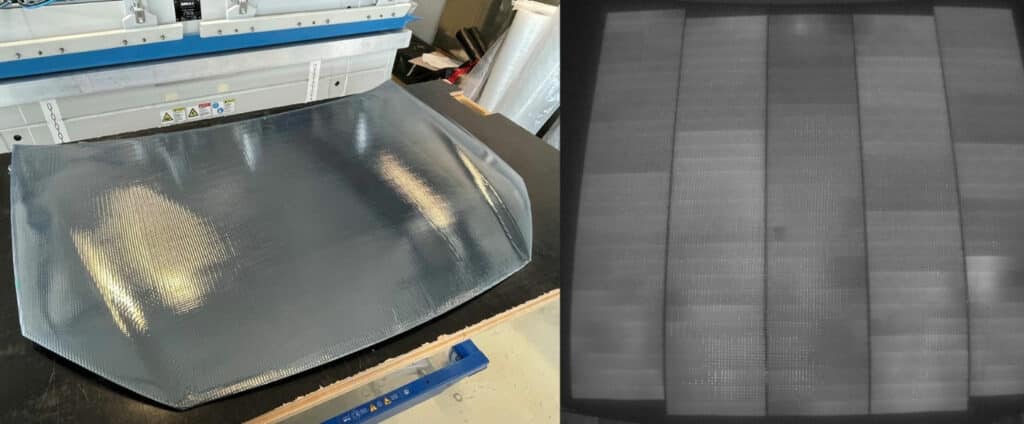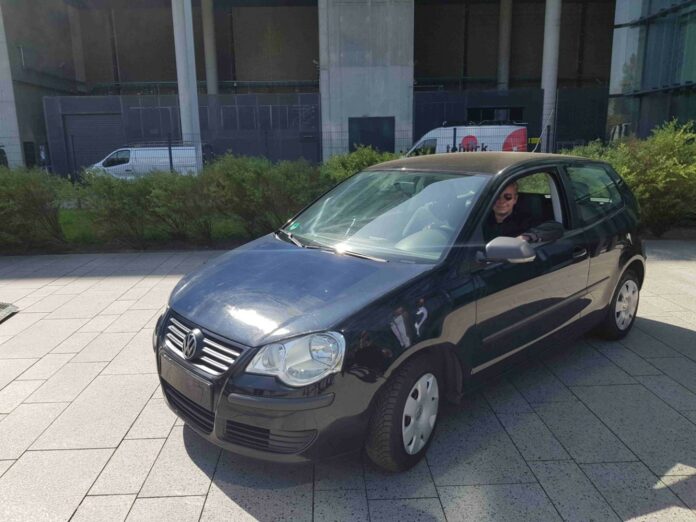As the electric vehicle (EV) revolution continues, it makes perfect sense to consider incorporating solar cells into the exterior of cars. This would be especially effective on horizontal surfaces like roofs, which are perfectly positioned to soak up the sunshine and convert it into energy.
In recent years, some car manufacturers have already presented the first vehicle models with photovoltaics directly integrated into the roof.
Researchers at the Fraunhofer Institute for Solar Energy Systems ISE have now gone one step further. They have advanced vehicle-integrated PV technology by installing solar cells directly into the standard sheet metal hood of a regular passenger car.
“We applied the solar cells to the hood panel of a car model that is frequently sold in Germany, interconnected them, and laminated them with film,” explains Dr. Martin Heinrich, coordinator for PV mobility at Fraunhofer ISE. “To achieve this, the lamination process was optimized carefully to minimize air pockets, avoid wrinkling of the film module, which can occur due to the curved surface area, and to maintain the overall integrity of the hood structure.”
To make the most efficient use of the available surface area on the hood, researchers conducted their prototypes using a selection of interdigitated back-contact (IBC), PERC (Passivated Emiter Rear Cell) shingle, and TOPCon shingle solar cells. They laminated the surface area with film, which results in a textured surface structure that is color-matched to the vehicle color using the research institute’s MorphoColor technology.

The hood PV module, in this particular case, features a unique substrate made of sheet metal, which sets it apart from the more traditional rear surface made of film or glass. This prompted a team of scientists to investigate the adhesive properties of various material combinations. After identifying suitable materials, the researchers built prototypes with different quantities of solar cells and different cell and interconnection technologies.
The prototypes were then tested intensively in the laboratory to ensure their electrical performance, reliability, and durability. The impressive 115-watt rated vehicle hood features more than 120 PERC shingle solar cells and is finished in a stunning MorphoColor gray.
Researchers said they have already achieved a very good aesthetic and are currently working on improving the surface appearance even further.
“The technology could also be applied to the metal roofs of vehicles, which would have the advantage of being much lighter than photovoltaic roofs made of glass,” adds Dr. Harry Wirth, Power Solutions Division Director at Fraunhofer ISE. “Expanding the technical possibilities for integrating photovoltaics into vehicle shells will appeal to more and more customers; there is still a lot of potential to be tapped here.”
